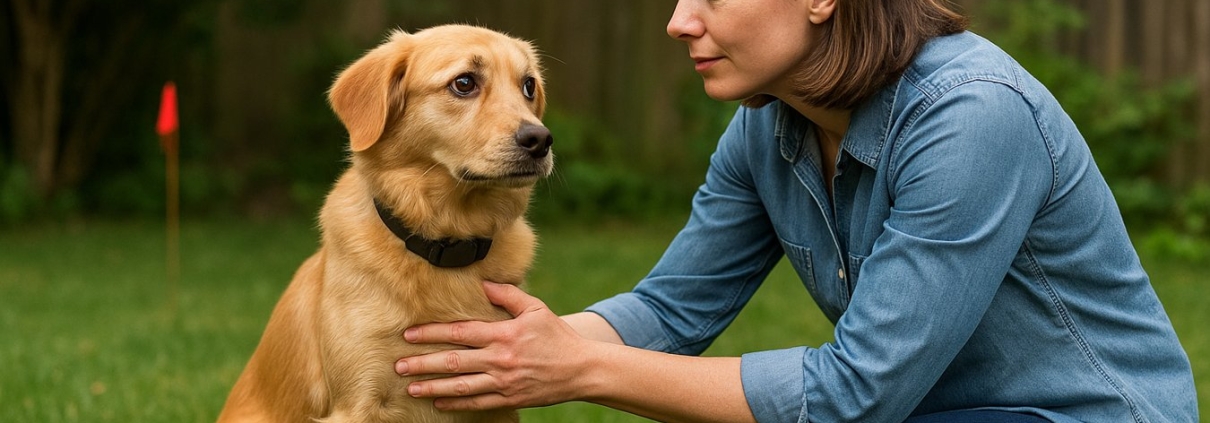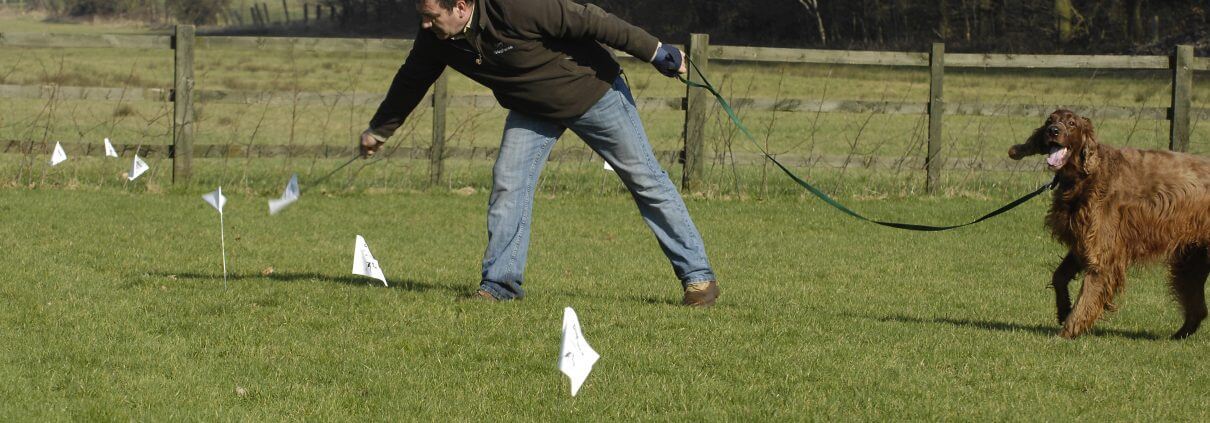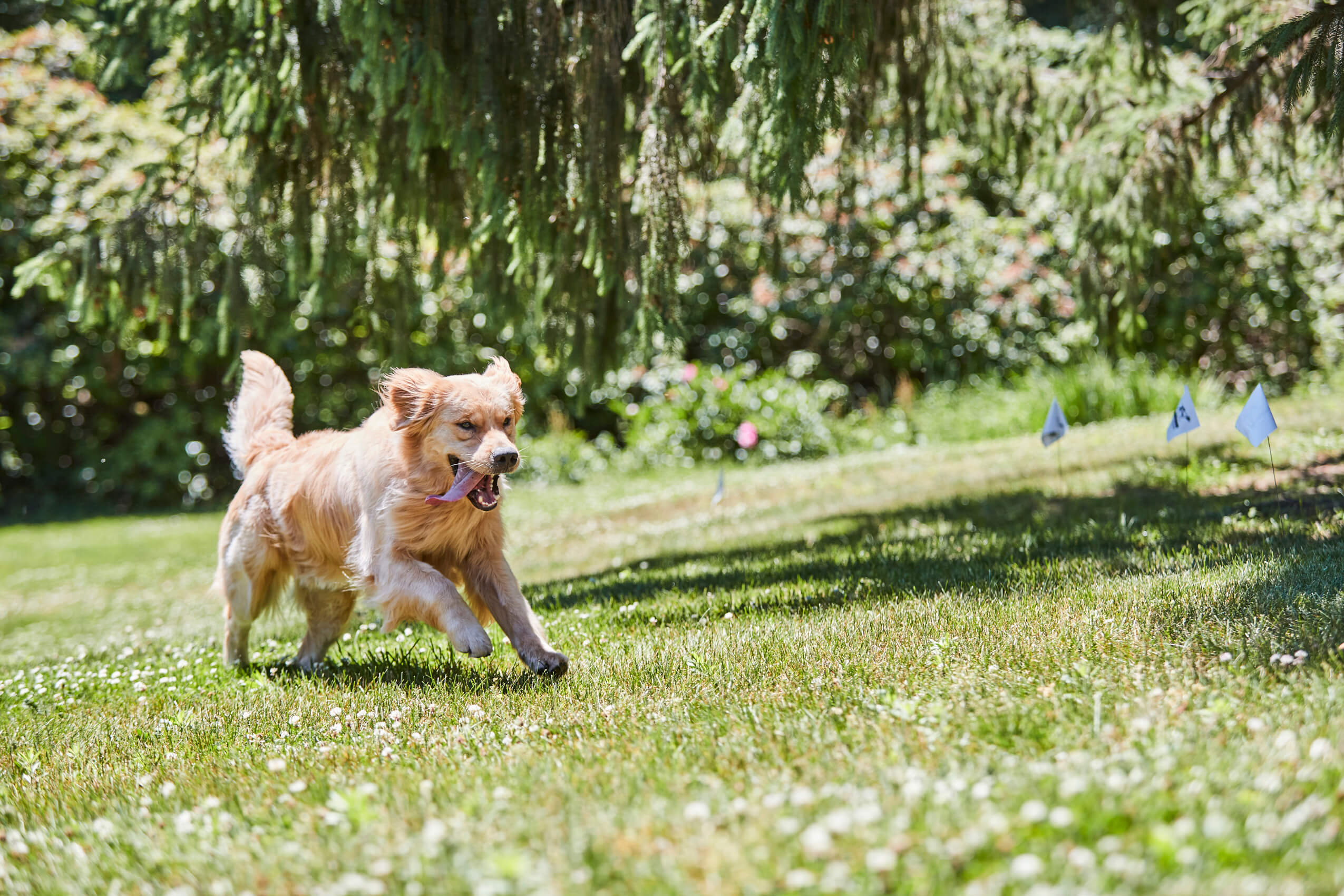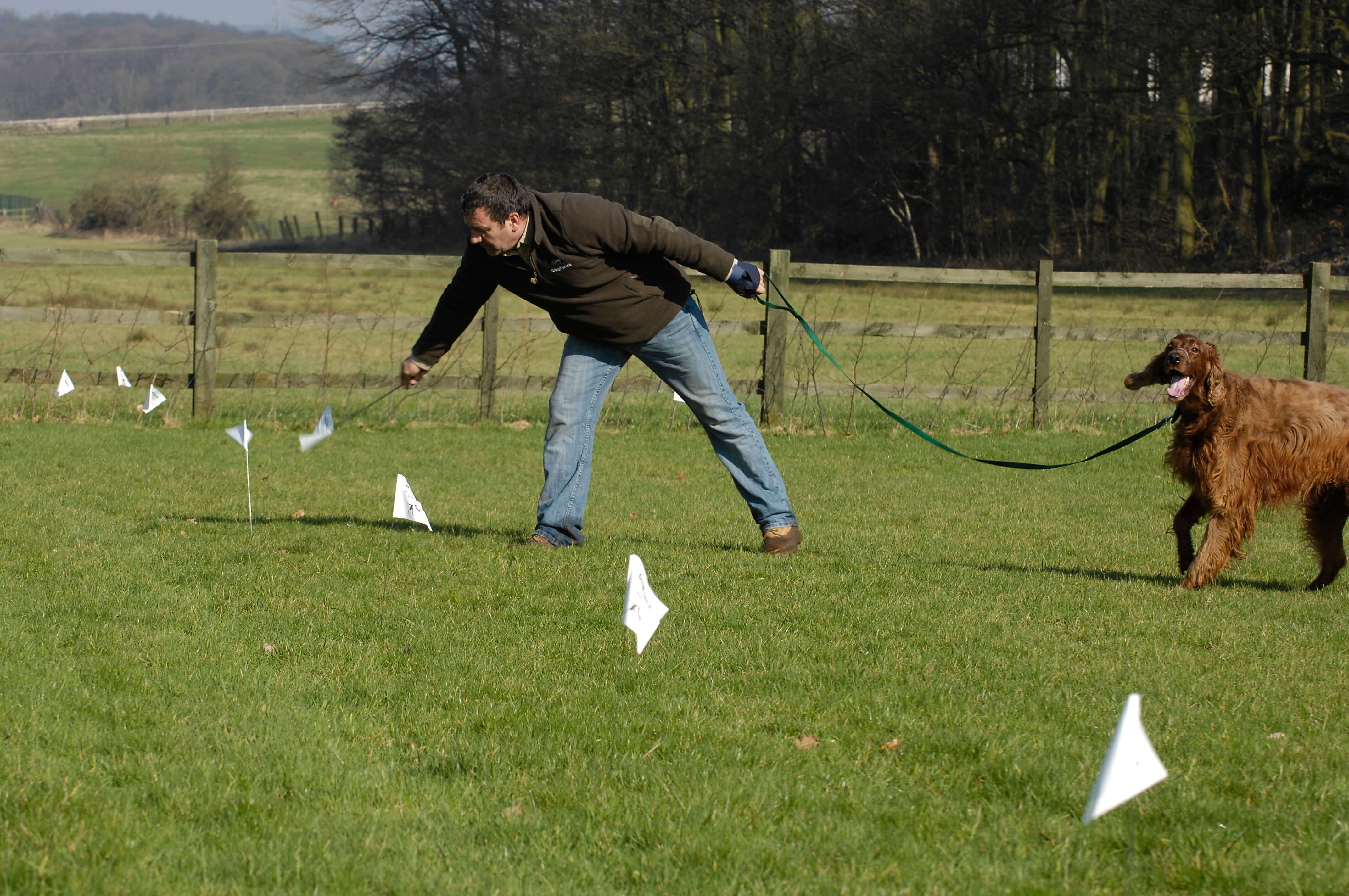Are Electric Dog Fences OK for Nervous Dogs? | by DogFence Ltd
Are Electric Fences OK for Nervous Dogs?
Understanding Nervous Dogs and Their Behaviour
Many owners ask are electric dog fences OK for nervous dogs and can they really be used safely — the answer is yes, when introduced gently and correctly. At DogFence Ltd, we specialise in helping nervous or anxious dogs build confidence and enjoy freedom outdoors using our safe, FM-based containment system.
Just like people, every dog has its own personality and confidence level. Some dogs are naturally bold and curious, while others can be shy, anxious, or easily startled by new sounds or experiences. These “nervous” dogs often need extra reassurance and consistency — especially when introducing new boundaries or training tools.
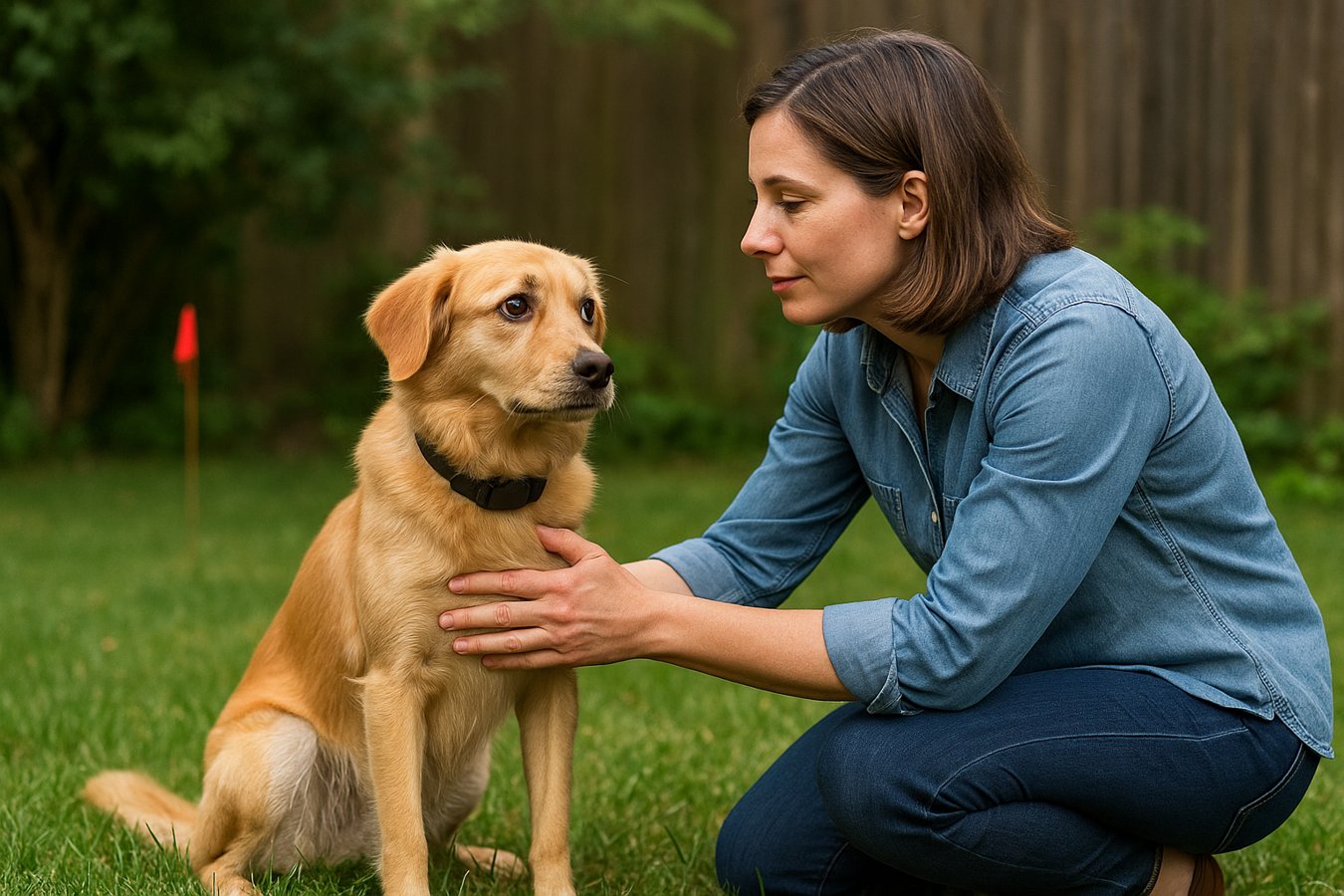
A calm, reassuring training moment between an owner and her nervous dog — showing how gentle, FM-based DogFence training builds confidence and trust outdoors.
At DogFence Ltd, we’ve worked with thousands of nervous and sensitive dogs across the UK. From timid rescues to easily startled spaniels, we’ve seen first-hand how calm, consistent training helps build confidence. The key is always gentle guidance and positive reinforcement, never fear.
How Our Dog Fences Work for Nervous Dogs
A common misconception is that electronic dog fences “shock” or frighten pets. In reality, our FM-based DogWatch® systems work through gentle conditioning and clear communication:
-
- A hidden boundary wire carries a harmless FM radio signal around your garden.
- Your dog wears a lightweight receiver collar, which picks up that signal.
- As your dog approaches the boundary, the collar emits a warning beep.
- If they continue forward, the collar gives a brief, mild static pulse — similar to a light static tap from a jumper.
- They key to this is our gentle training programme.
UK veterinary behaviour experts, including Professor Daniel Mills, have explained that a dog’s experience of the mild static sensation from a modern electronic fence can be compared to touching a warm oven by accident — it’s a brief, harmless surprise that teaches awareness, not fear. Just as that moment wouldn’t stop a person from going back into the kitchen, a nervous or sensitive dog doesn’t become afraid of the garden after training. The key is gentle, steady guidance so your dog learns what to do and where to go with confidence.
Professor Daniel Mills, University of Lincoln, has conducted extensive research into canine learning, welfare, and behavioural medicine, helping owners and professionals better understand how dogs and cats respond to different forms of training.
Many owners ask us, are electric fences OK for nervous dogs? In our experience, the answer depends on the training approach, not the technology itself.
Most dogs learn from the audio cue alone, and never trigger a correction again once training is complete. The goal is to help your pet understand where they can safely play, not to punish them.
Our systems include advanced features that make them ideal for nervous dogs:
- Programmable correction levels – tailored to your pet’s size and temperament.
- Gentle learning curve – structured training plan designed to build confidence.
- Auto shut-off safety – collar stops correcting after 15 seconds if the dog remains near the line.
- FM technology – avoids false activation and interference common with cheaper AM systems.
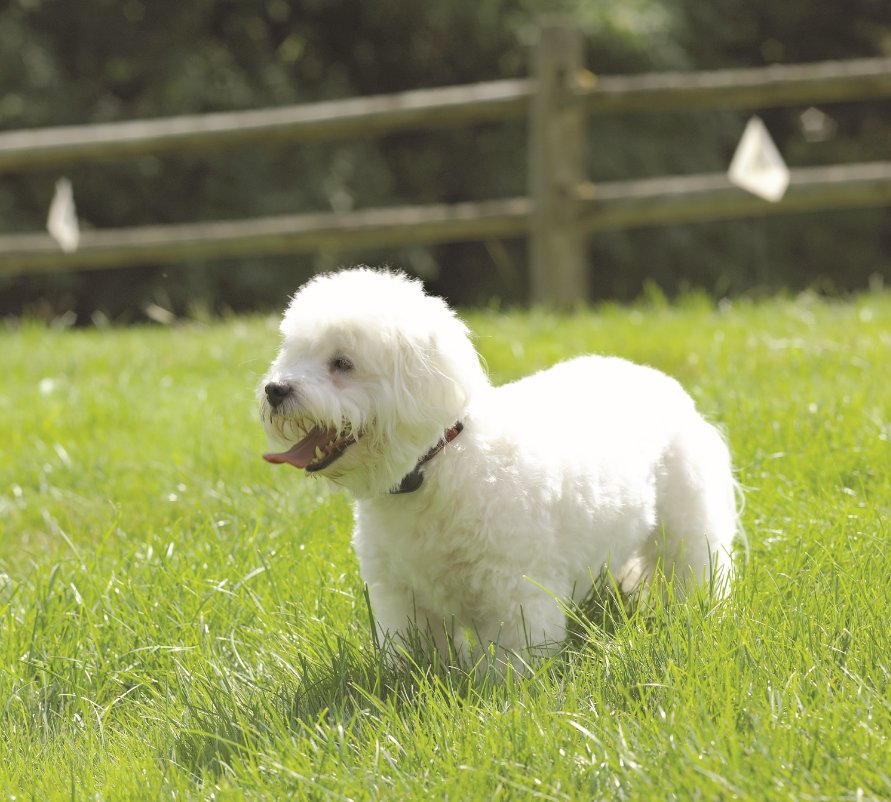
Gentle DogFence training helps even sensitive dogs enjoy their garden safely and confidently.
Behavioural Benefits for Anxious or Sensitive Dogs
For nervous or anxious dogs, clear boundaries create a sense of security. Once they understand where they can go safely, their confidence grows rapidly. With a DogFence system, they quickly learn the limits of their outdoor freedom and begin to feel more secure — not less. The process mirrors how dogs learn to sit, stay, or walk on a lead: through consistency and repetition.
During training, our installers use calm body language, reward-based praise, and step-by-step introduction. This method helps anxious pets connect the warning tone with retreating to safety — a behaviour that soon becomes automatic. Once your dog understands the fence, you’ll likely notice them becoming more relaxed and confident outdoors. They can enjoy freedom without the constant worry of escaping or getting into danger — and you’ll have peace of mind knowing they’re protected.
What About Nervous Rescue Dogs?
Rescue dogs often arrive with unpredictable backgrounds and fears, which can make traditional fencing or recall training difficult. Our trainers adapt the DogFence introduction to each dog’s pace — starting with visual markers like flags and calm, leash-led practice sessions.
Many rescue owners tell us their dogs actually become calmer after fence training, because they finally understand where they’re allowed to roam. The fence becomes a source of security, not anxiety.
Is It Humane and DEFRA-Recognised?
Yes. DogFence systems are DEFRA-tested and recognised as a safe, humane training aid when used correctly. They’re specifically designed to reinforce learning, not to cause pain or distress. The static correction is mild, momentary, and fully adjustable — and the system is completely safe to touch, even if the wire is damaged.
We’ve successfully contained more than 20,000 pets across England, with many owners reporting that their previously nervous dogs became more confident and relaxed once they understood their safe zone.
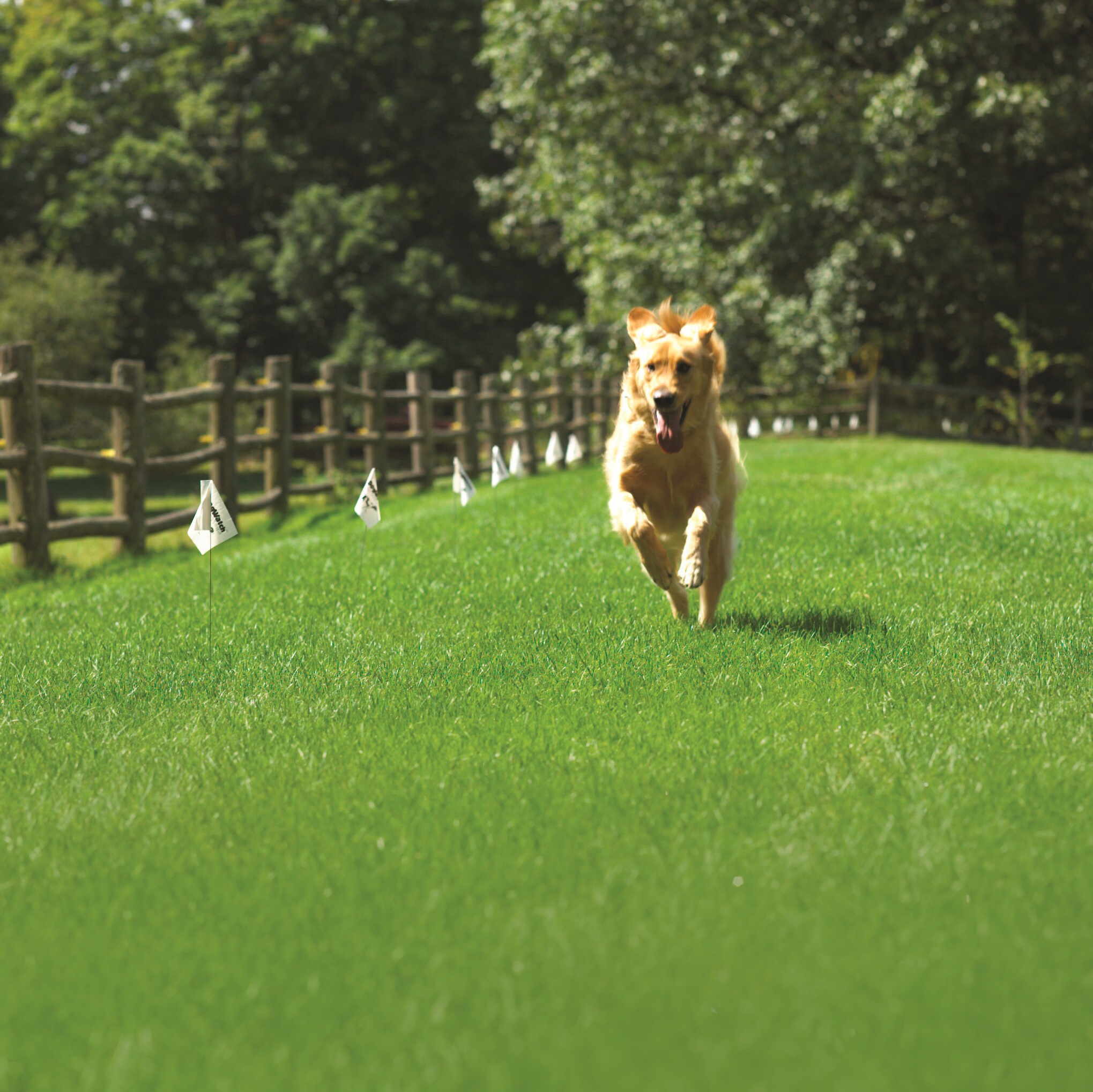
After gentle, consistent training, dogs gain confidence and freedom — safely contained within their DogFence boundary.
Want to Learn More?
If you’re wondering how an electronic dog fence could help your nervous or anxious pet, take a look at our full FAQ:
FAQ about nervous and anxious dogs and dog fences
And if you’d like to explore how our system could work for your home and garden, speak with our team today for free advice.
Ready to Keep Your Pet Safe?
Call us on
01628 476475
|
Message us on WhatsApp
|
Request a Free Quote Online

